Foodie’s Bucket List: 24 Iconic Foods to Try Before You Die
Wandering around the globe, try out the signature tastes of cultures across ...
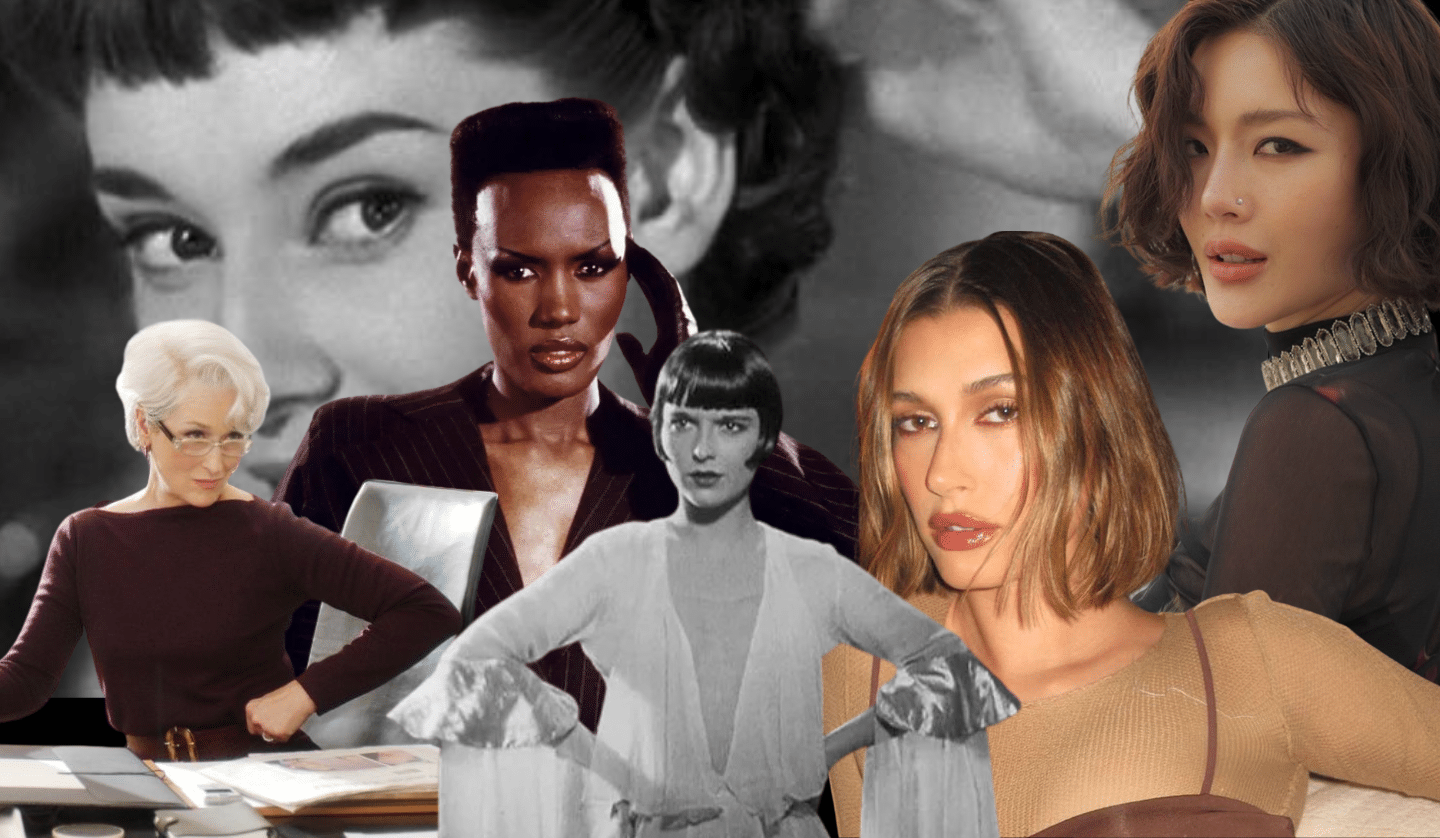
They say that when a woman chops off her hair, she’s either heartbroken or ready for a fresh start. But is that all there is to it? For decades, the short haircut has carried quiet power, signalling autonomy, rebellion, and transformation.
A short haircut is a decision. One that says, without explanation, that the woman wearing it knows exactly who she is and has no desire to hide. It is not about looking less feminine, nor is it an attempt to imitate masculinity. Rather, it is about a redefinition of style, strength, and self-assurance on her own terms.
While trends may come and go, choosing to wear your hair cropped, sliced, or sculpted above the shoulders often reflects something deeper than fleeting fashion. It is not merely about aesthetics or convenience but about identity, confidence, and the quiet messages we communicate without words.
In the 1920s, silent film star Louise Brooks popularised what would become one of the most iconic short hairstyles in history. Her mother, eager to help her stand out, had her hair cut into a pageboy style. What started as a mother’s ambition evolved into the sleek, signature bob that would define Brooks’ career. The bob was no mere accessory. It became visual shorthand for modernity–clean, angular, and unapologetically independent.
Clara Bow, dubbed the It Girl of the same era and name-checked in Taylor Swift’s The Tortured Poets Department, wore her bob as a form of personal expression. In one interview, Bow explained that she cut her hair so people would look past her appearance and focus on who she was and what she did. It was a conscious rejection of imposed beauty standards and a declaration of self.
These early pioneers turned short haircuts into more than just a look. They made them a statement.
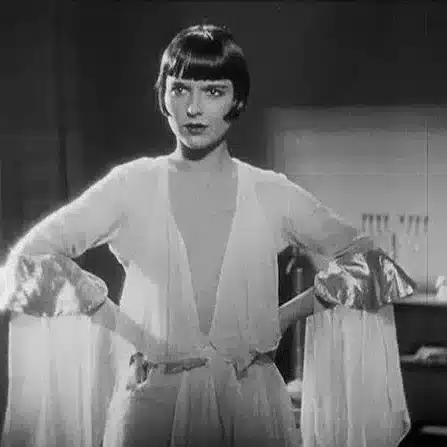
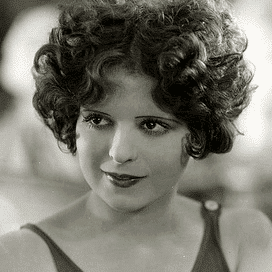
Fast forward to the postwar years, and Audrey Hepburn transformed the short cut into something soft yet commanding. In Roman Holiday, her gamine pixie cut signalled youth, spontaneity, and independence without the need for excess.
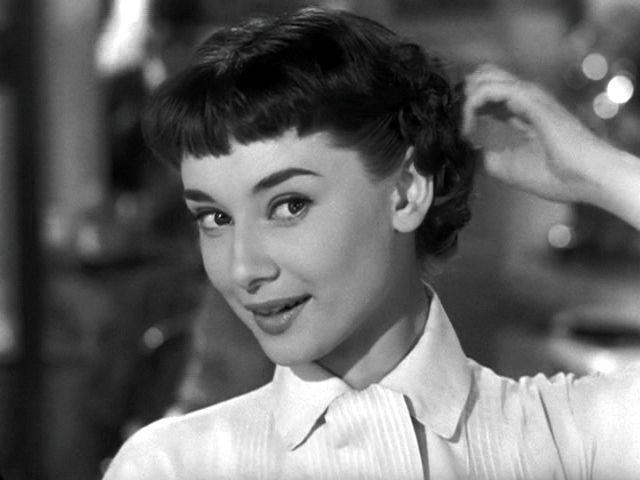
In the late 20th century, the short haircut returned with renewed purpose. From Grace Jones’ angular crop, which exuded defiance, to Princess Diana’s transition from demure volume to razor-edged chic, the short cut became a conversation. It was never just fashion. It was about visibility, agency, and the roles that women began to claim. In that sense, the short haircut is never truly out of style. It simply waits for the next woman ready to wear it.
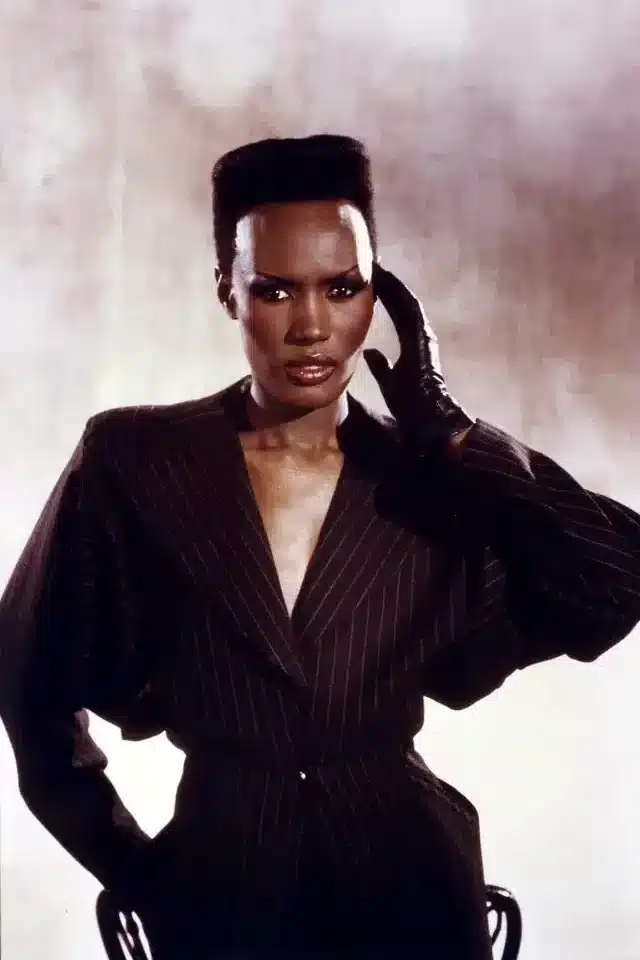
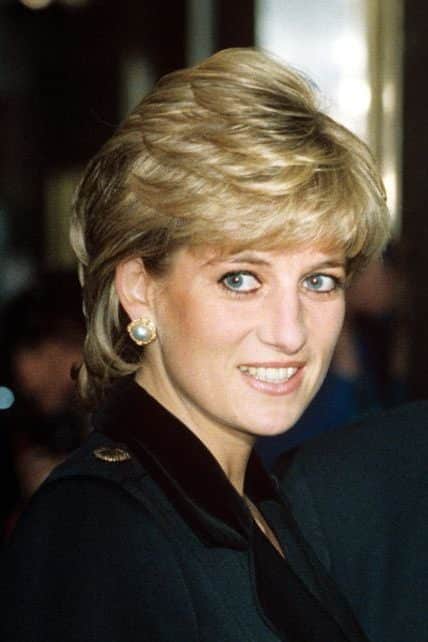
Today, short hair lives where classic meets contemporary. Fashion houses know this well. At Celine under Hedi Slimane, models often sport tousled bobs with blunt edges, embracing Parisian cool with minimal distraction. While at Prada, under the shared vision of Miuccia Prada and Raf Simons, short hair is reimagined into conceptual silhouettes, either wet-styled and sleek or rebelliously wild.
In editorial circles, the blunt bob has become a default for models who need to stand out among waves of long hair. Hailey Bieber has made the chin-length bob part of her signature look–clean, simple, and modern. Whether worn tucked behind the ears or with a light wave, the focus shifts to her bone structure, her poise, her presence.
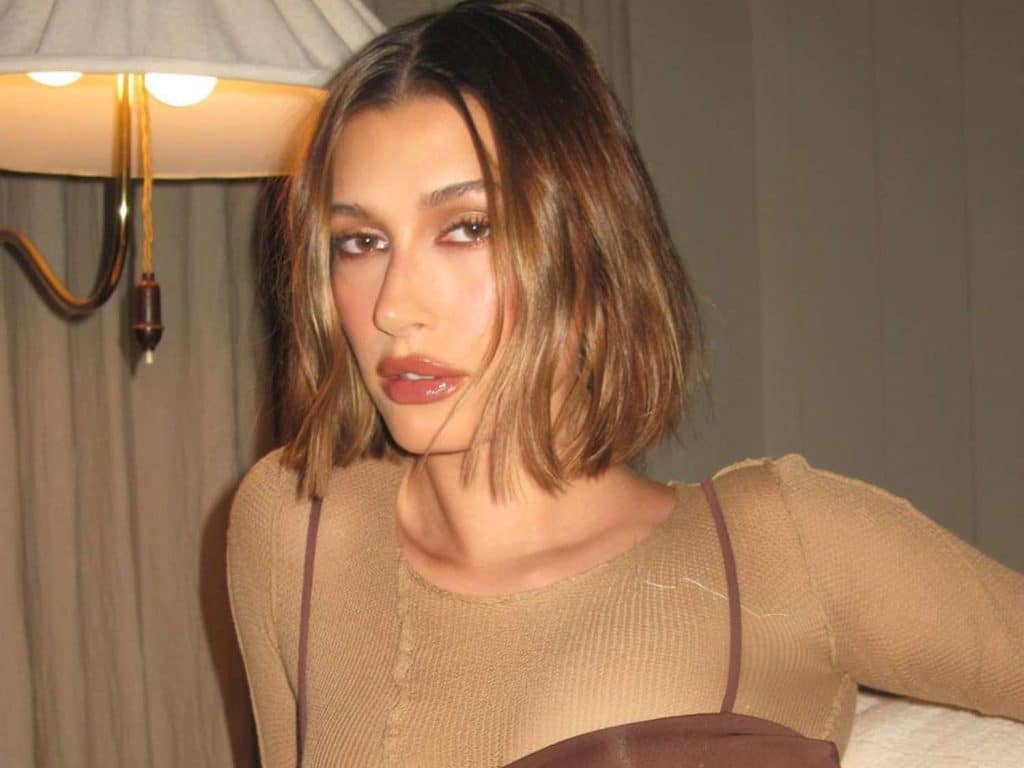
Argentine model Mica Argañaraz wears a shaggy, shoulder-length crop with natural wave. It is uncontrolled yet intentional, straddling the line between high fashion and street style. Similarly, British model Adwoa Aboah has made her buzzcut an emblem of raw authenticity. With no hair to soften her face, the focus turns to her features, her eyes, her posture, her expression.
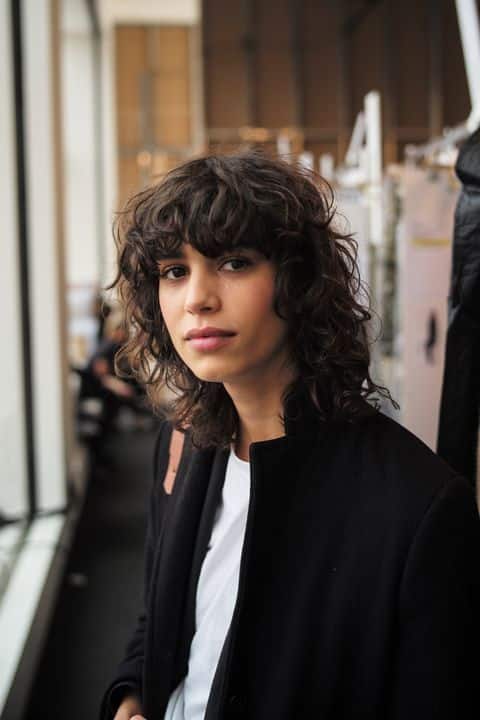
And then, of course, there’s the icy-white bob made iconic by Anna Wintour and picked up by Meryl Streep in The Devil Wears Prada. Streep’s portrayal of Miranda Priestly turned the sculpted cut into a symbol of power, taste, and editorial dominance–cool, angular, and uncompromising. With a sequel announced for 2026, her return is expected to reignite interest in the boss-bob; a cut that speaks before she does.
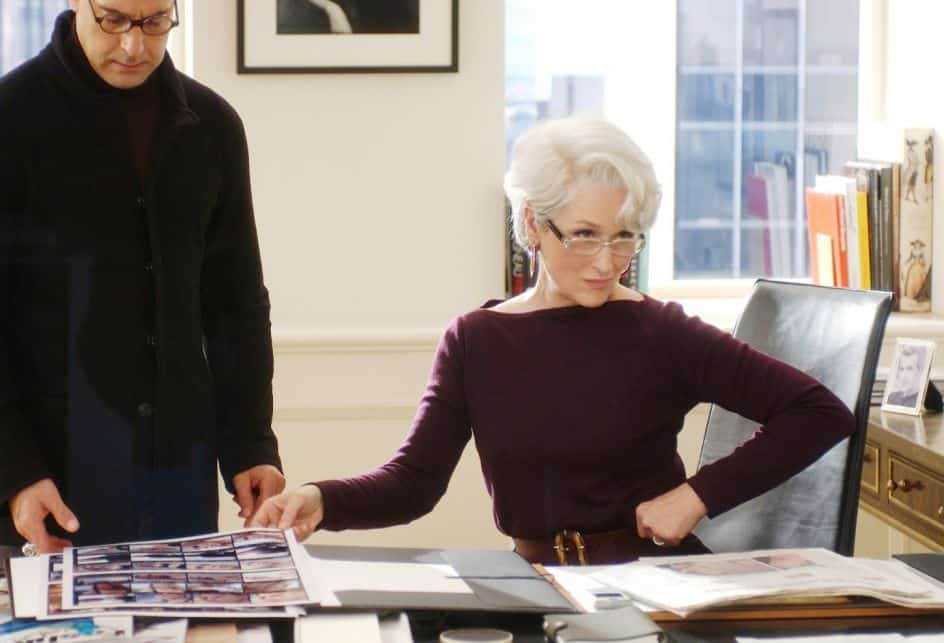
In Thailand, short haircuts for women have moved beyond rigid symbolism to become tools of style, resistance, and reinvention. The cut is political and personal. For decades, school regulations required girls to keep their hair cropped, linking short styles with discipline and conformity. But in recent years, this rule has been subverted.
On the celebrity front, Thai actress and style icon Chicha Amatayakul, best known for her role in Netflix’s Girl from Nowhere, frequently wears her hair above the shoulders, balancing sharpness with mystery. Her look feels globally relevant yet unmistakably Thai, combining sleek lines with bold eyes and minimal styling. For Linn Mashannoad, the model and actress whom we often see in short hair, it has become a signature look that speaks to her confidence, moving from rules to self-definition.
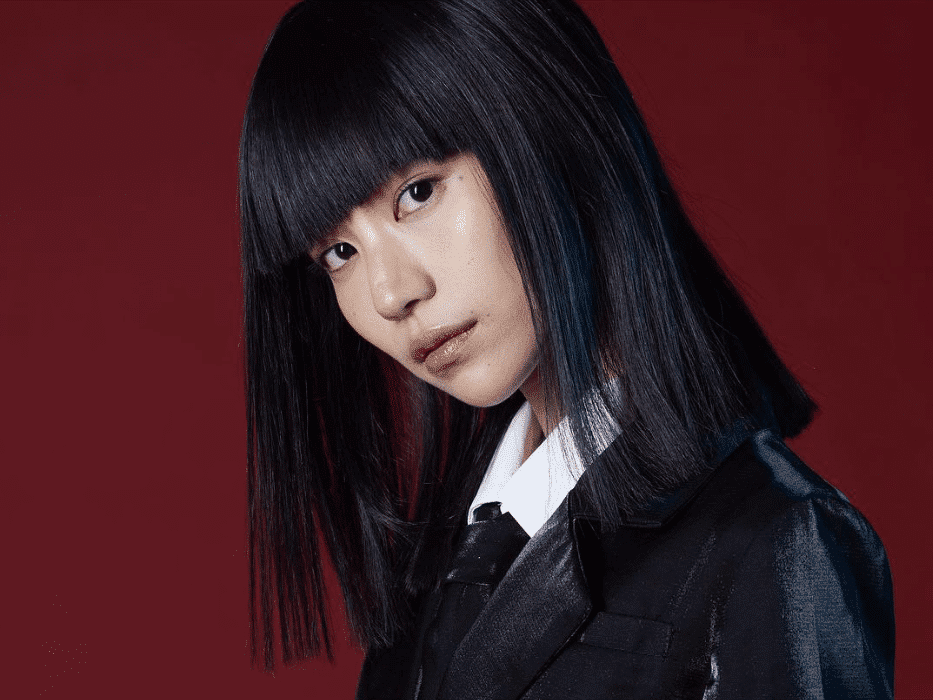
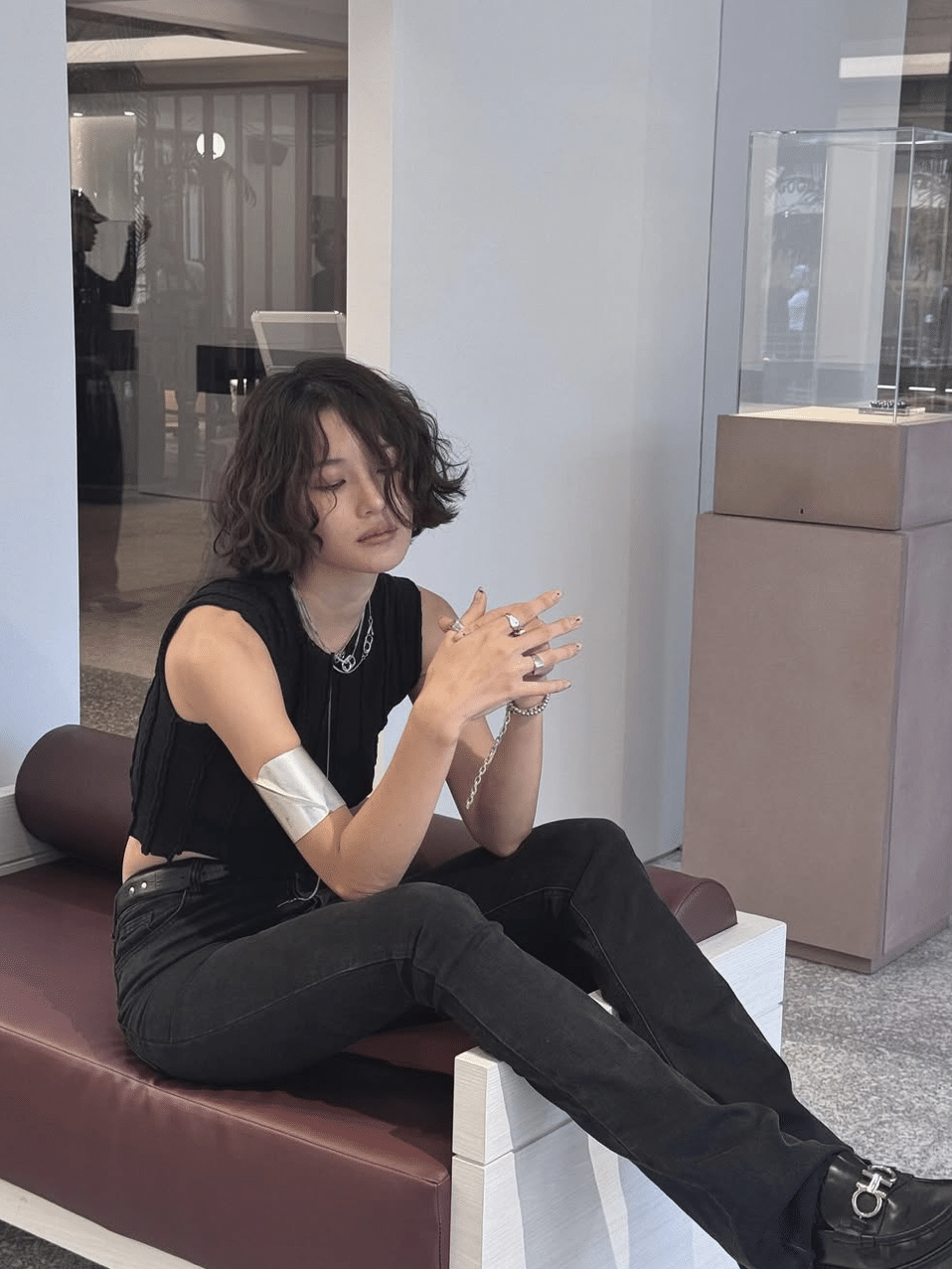
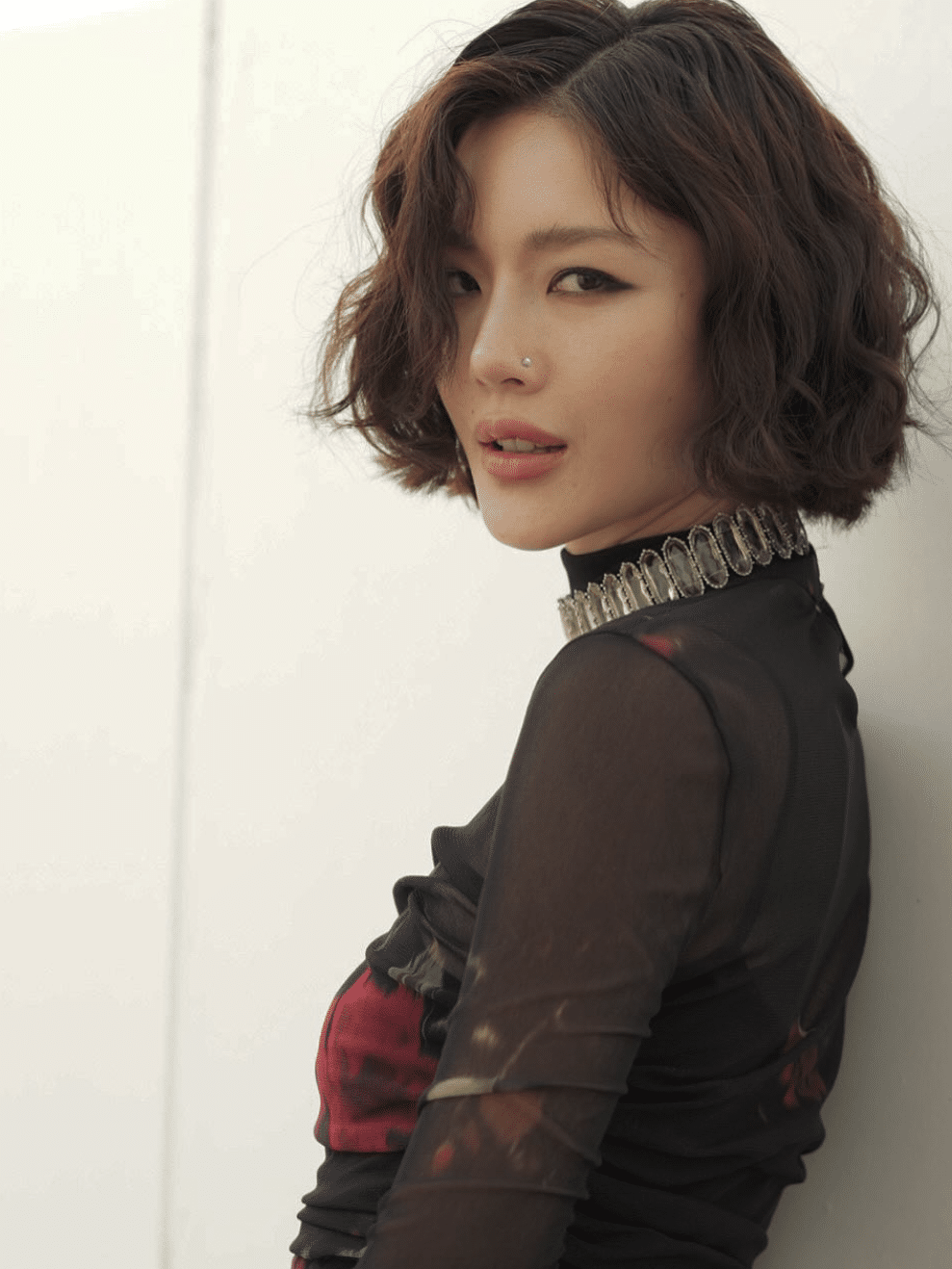
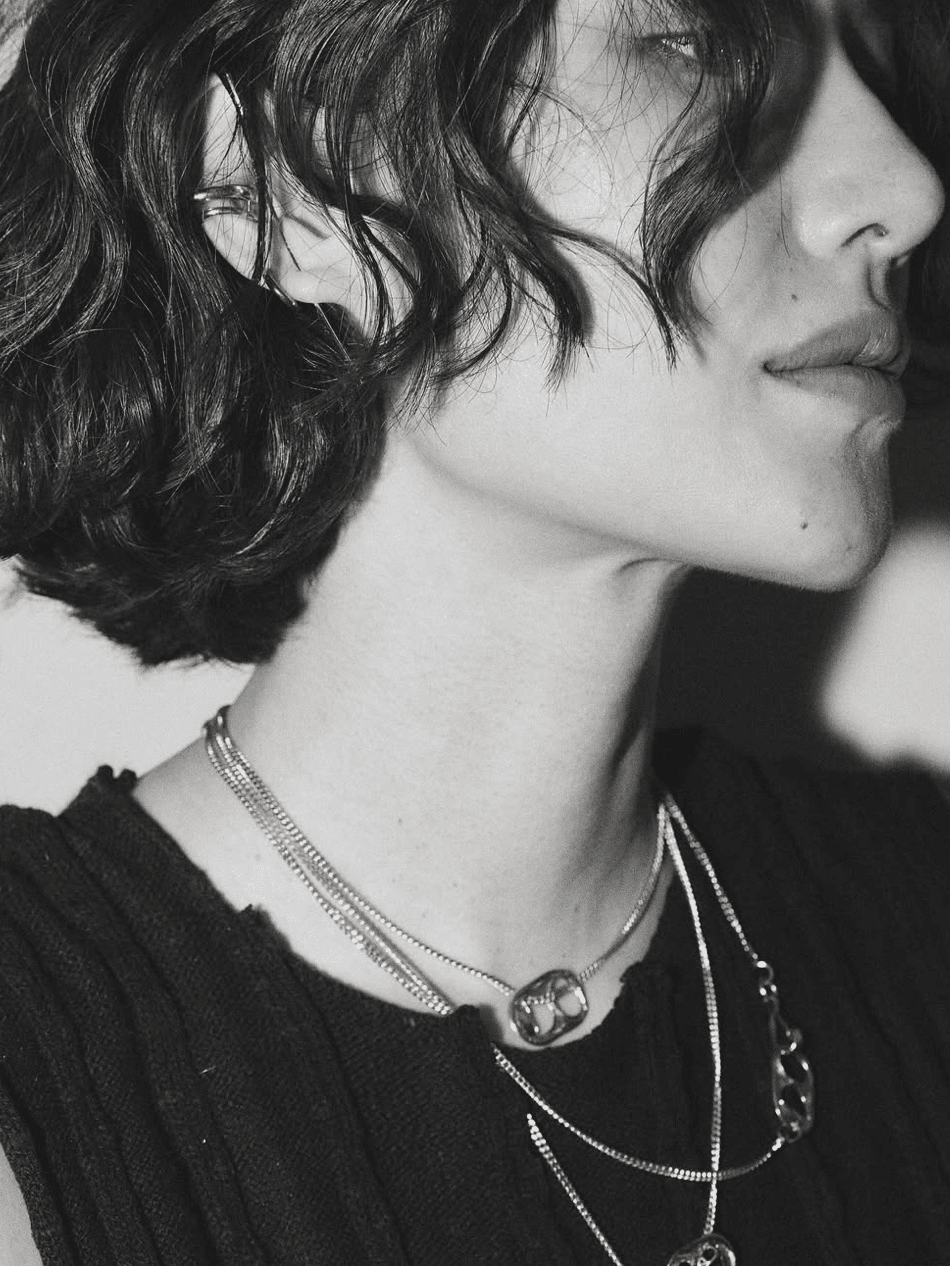
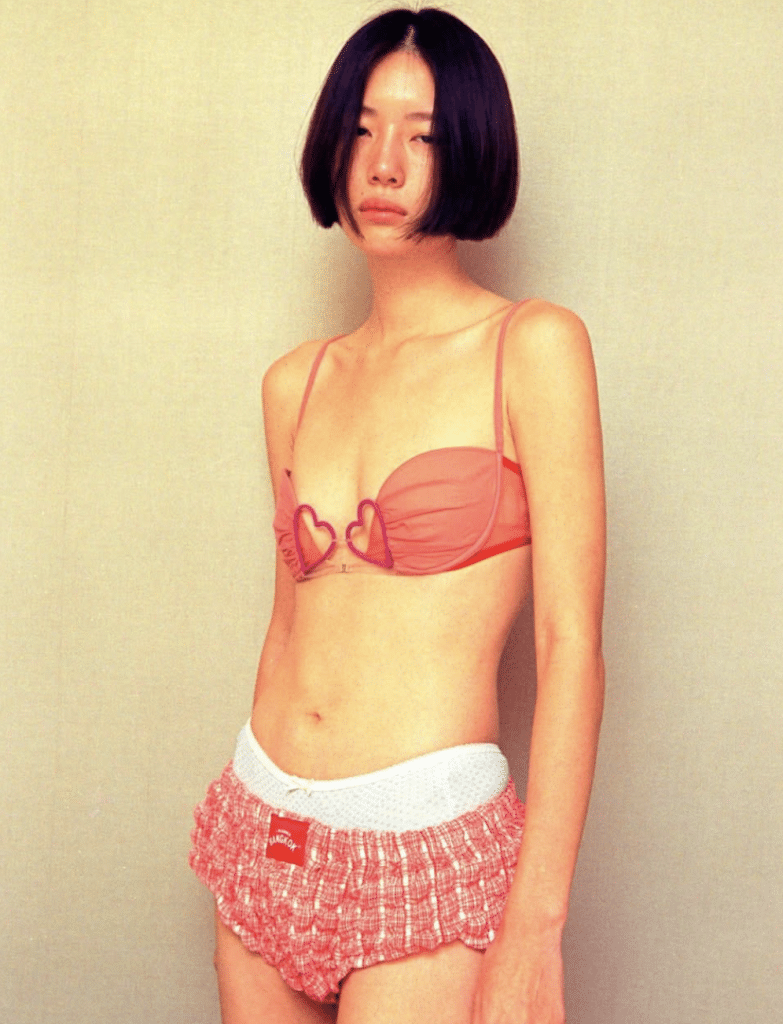
Short hair is often misunderstood as low maintenance. While it may appear effortless, it actually requires consistent upkeep. Regular appointments are necessary to maintain shape and proportion. Styling might be minimal, but it cannot be careless. The shorter the hair, the more every detail matters. From how it frames the brow to how it grows at the nape, every angle is exposed. Yet for many women, this effort is worth it.
Short hair demands a level of discernment that long hair often escapes. There is no room for guesswork. Face shape, bone structure, personal style, and lifestyle all need to be factored in. The best short cuts fit not just the face but the character.
The French bob, for example, may look effortless but requires precision. It must fall perfectly at the jawline, curve inward without appearing styled, and feature a fringe that balances intellect and irreverence.
The pixie cut is even less forgiving. It demands both technical skill and personal boldness. Not everyone can wear it, not only because of facial shape, but because it exposes everything. The neckline, the ears, the shape of the skull. There is nothing to hide behind. Actors like Zoë Kravitz and Charlize Theron have embraced the pixie as a symbol of refinement and minimalism, sometimes even provocation. Their stylists understand that simplicity does not mean plainness. In the right hands, a pixie becomes sculptural.
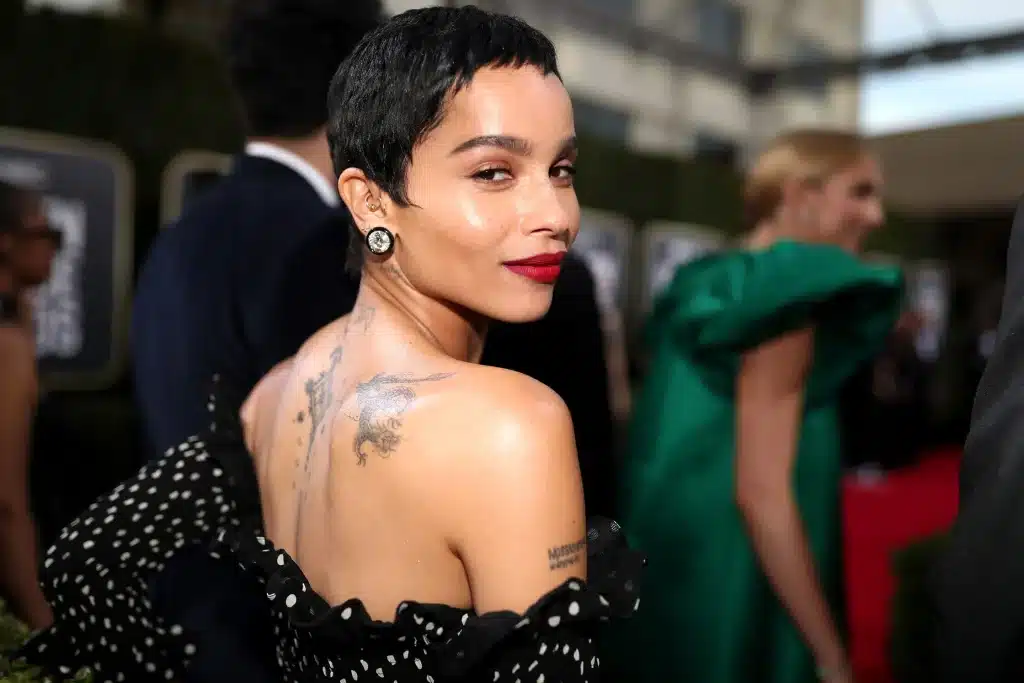
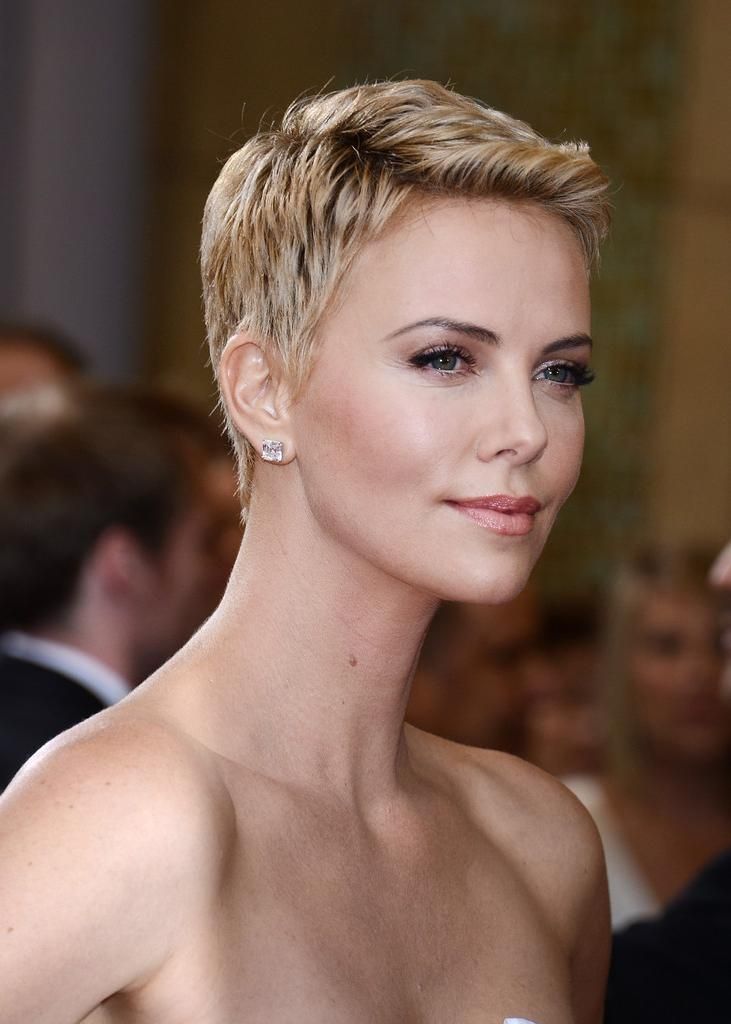
Buzzcuts occupy a category of their own. They are not decorative. They are declarative. Historically, a woman shaving her head was seen as an act of rebellion or emotional rupture. Today, it signals clarity. Models like Ruth Bell and Kristen McMenamy have famously adopted shaved styles both on and off the runway. A buzzcut offers freedom. There are no strands to curl, no layers to smooth. What remains is the face, the attitude, the clothes. It may be the most luxurious choice of all. To do less yet to own more.
Still, not all short styles are about sharpness. The return of the shag and textured crop signals a looser, more expressive energy. These cuts move with you. They allow room for imperfection and individuality.
Finally, no matter how it’s cut, short hair says you know exactly who you are.
Wandering around the globe, try out the signature tastes of cultures across ...
These top 5 barber shops in Bangkok are where gentlemen can elevate ...
Sailorr and Molly Santana’s black grills fuse hip-hop swagger with homage to ...
The Koktail Thailand Charity Dinner at Gaysorn Urban Resort marked an unforgettable ...
The Koktail Thailand Restaurant Guide Awards 2026 took place on 12 November ...
Let’s explore why Fuggler stands at the centre of the surprising ugly aesthetic cultural ...
Wee use cookies to deliver your best experience on our website. By using our website, you consent to our cookies in accordance with our cookies policy and privacy policy